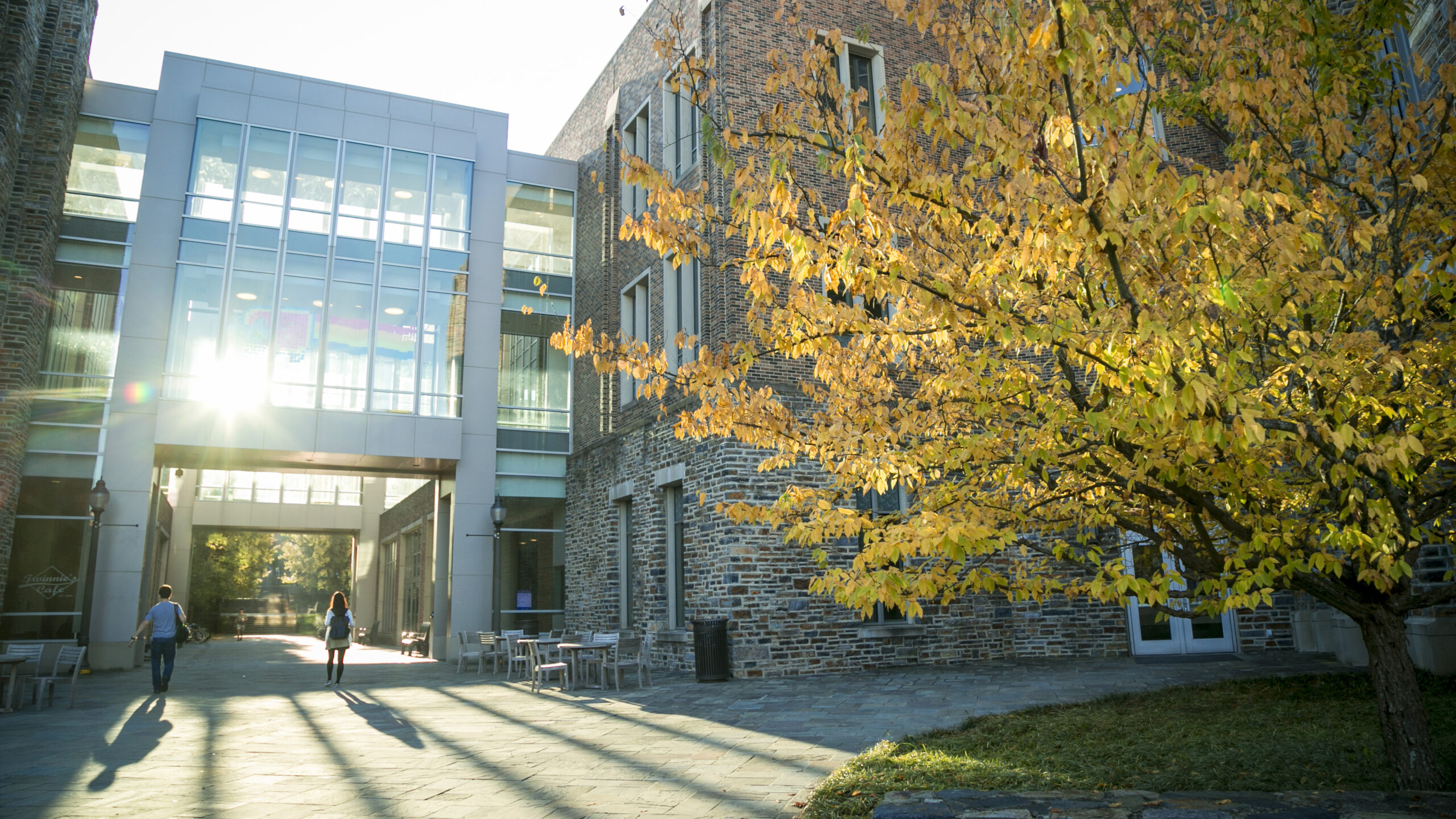Investing in Duke Engineering: The Lord Foundation of North Carolina
Since 1984, the Lord Foundation of North Carolina has given $47 million to advance Duke Engineering teaching and research

From first-year students learning the fundamentals of engineering design to senior faculty pursuing new possibilities in quantum computing, tissue repair and solar energy, it’s hard to think of a person or program at Duke Engineering today that hasn’t been touched in some way by a gift made almost four decades ago.
The Lord Foundation of North Carolina (LFNC), established in 1984 to promote excellence in research, teaching and student programs in engineering and related disciplines at Duke, has contributed more than $47 million to advance those goals over the years. The funding has supported the launch of nationally recognized educational programs, state-of-the-art research facilities to attract top faculty and enhance graduate training, and a host of hands-on learning experiences for engineering students.
“Duke Engineering has been on an incredible upward trajectory across nearly every measure in recent years, and the Lord Foundation has provided a significant boost to our success,” said Ravi V. Bellamkonda, Vinik Dean of Engineering. “By providing a reliable source of funding over nearly four decades, the foundation has expanded our capacity to grow, pursue exciting new ideas and offer our students the kinds of personalized learning experiences that have come to define a Duke Engineering education.”
“Duke Engineering has been on an incredible upward trajectory across nearly every measure in recent years, and the Lord Foundation has provided a significant boost to our success.”
Ravi Bellamkonda, Vinik Dean of Engineering
